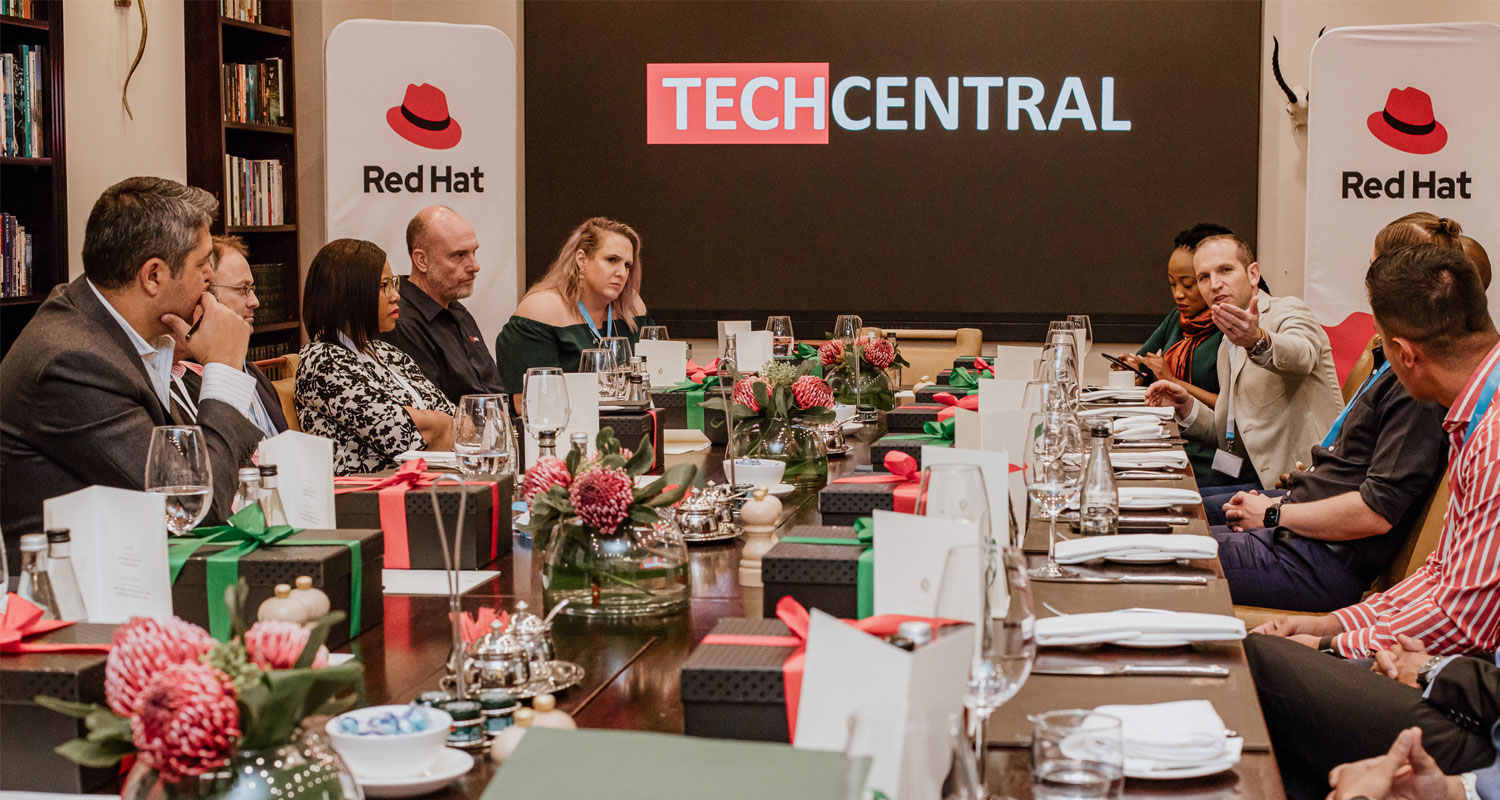 To thrive in today’s fast-moving digital economy, businesses are under pressure to accelerate innovation and build and deliver products that meet the customer’s ever-changing needs.
To thrive in today’s fast-moving digital economy, businesses are under pressure to accelerate innovation and build and deliver products that meet the customer’s ever-changing needs.
Modernisation of monolithic architectures and legacy systems is increasingly essential to move at speed and scale.
A roundtable conversation, held on 7 September at the Saxon Hotel in Sandton with influential minds in the healthcare and insurance industries and hosted by LSD Open and TechCentral, unpacked the issues around application modernisation.
The conversation centred on how organisations are leveraging dynamic microservices architectures in their business to deliver value faster.
The conversation began in a somewhat technical manner, where the benefits of microservices were unpacked. These include the ability to adopt continuous integration and continuous deployment, and allowing system changes to be deployed quickly and seamlessly, with improved security.
A common theme that emerged in the discussion was that IT cannot be seen as a separate “cost centre” for a business, as it is becoming more and more critical to business strategy and business goals, said Neil White, CEO of LSD Open.
“Gone are the days where business problems are thrown over the wall to the IT department to resolve. Business and IT are becoming one and the same, whereby the new, modern business will become a digital business. In its simplest form, a medical company, for example, is no longer a medical company, but rather a digital company that offers medical services.”
Business modernisation
It was also evident that any application modernisation journey hinges on a robust business modernisation journey. Participants agreed that all journeys must start with customers needs’ or the business’s pain points, and have the underlying benefits of increasing both agility and resilience.
Attendees said business modernisation requires one to look at the world strategically, anticipate the changes that are coming, and execute relentlessly with the intent to continue disrupting the internal organisation by building a culture of experimentation and learning.
This requires leadership to create a culture that is tolerant of failing fast and learning fast, where applicable. Where there are business-critical systems, more rigour and planning are necessary. However, even in these instances, it’s crucial that leadership steers away from creating a culture of fear.
Relentless prioritisation is also key to business modernisation, because as more business initiatives are dependent on technology, the demands on IT department that is already constrained by lack of capacity continue to increase. It was agreed that it is increasingly necessary for businesses to get involved and to take ownership by prioritising initiatives based on business value and risk.
Another key area of improvement that emerged is ensuring the alignment of executive teams and that the organisation is working towards the same vision and speaking the same language. This requires more education, engagement and dialogue.

Finding the right balance between speed to market and quality remains an ongoing endeavour. Technical debt remains a challenge, where foundational elements such as Information and cybersecurity must be considered from the outset.
Visibility of information security risks is increasingly necessary, and leveraging the enterprise risk management process provides some level of assurance that key security risks are not only managed, but where the risks are high, this can be used as motivation to add the necessary controls or alternatively for the risk to be accepted.
All attendees agreed that measuring the success of transformation efforts is key, and the discussion found that there were a range of areas that were being measured across the different businesses. These metrics included utilisation of the balanced scorecard, measuring employee happiness and productivity, measuring costs such as the cost per policy and measuring the net promotor score (NPS) for customers, as well as the internal NPS for employees. What is clear is that there is no single measurement, and it is necessary for each organisation to decide what is important to them and track the metrics that are relevant to their business.
Ultimately, it was decided that the end goal is to create more customer-centric businesses with a focus on innovation, where leveraging new technologies and microservices architectures shapes the business modernisation efforts by compartmentalising business services to deliver modern human-centred applications.
About LSD Open
LSD was founded in 2001 and wants to inspire the world by embracing OPEN philosophy and technology. LSD is your cloud-native acceleration partner that provides managed platforms, leveraging a foundation of containerisation, Kubernetes and open-source technologies. We deliver modern platforms for modern applications. For more, visit www.lsdopen.io, e-mail [email protected] or visit us on LinkedIn, Twitter, Facebook, Instagram, YouTube or GitHub.
About RedHat
Red Hat helps customers standardise across environments, develop cloud-native applications and integrate, automate, secure and manage complex environments with award-winning support, training and consulting services.
- This promoted content was paid for by the party concerned




